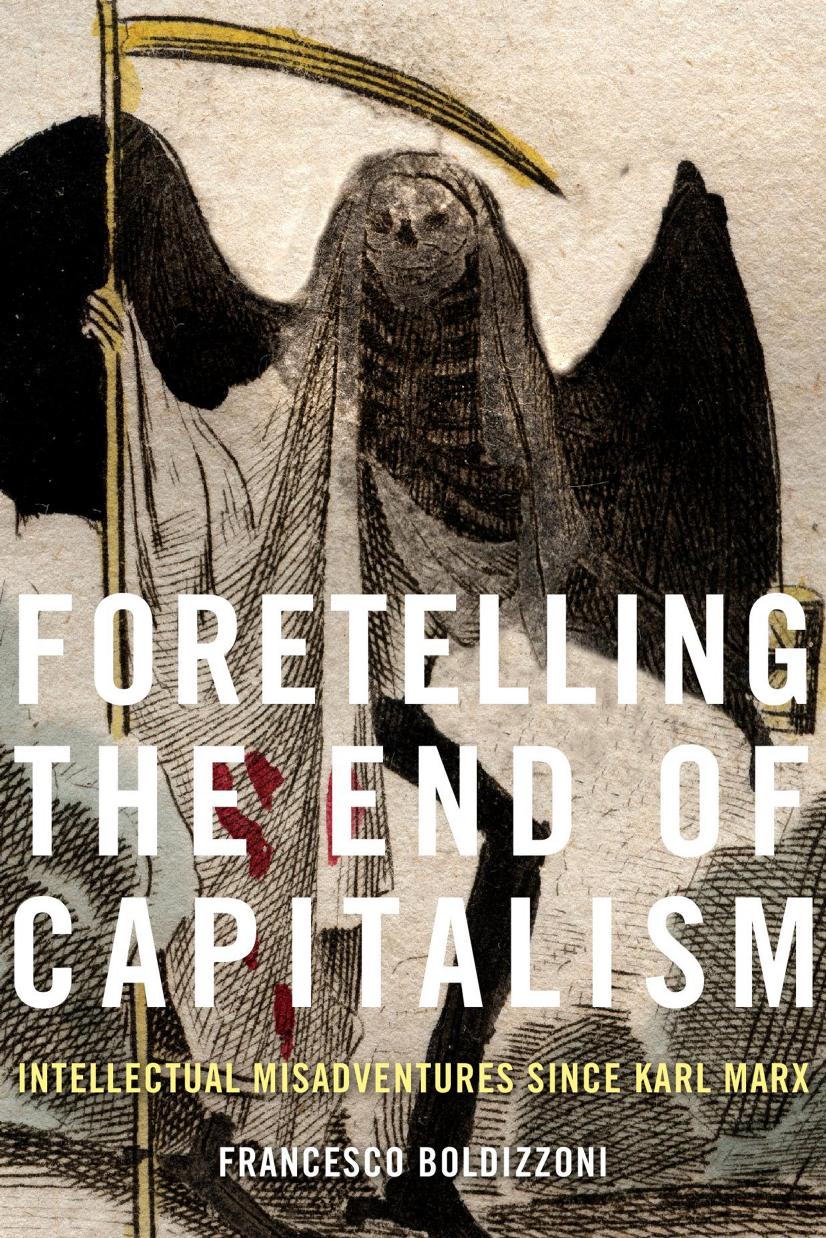Foretelling the End of Capitalism by Francesco Boldizzoni

Author:Francesco Boldizzoni
Language: eng
Format: epub, pdf
Publisher: Harvard University Press
The Consequences of Giddens
One aspect is still missing from this sketch of the intellectual history of capitalism in the nineties, and this is political ideation. A new politics was needed to make the new spirit of capitalism accepted, and the most important contribution to this politics came from the Third Way. The Third Way can be seen as a particular interpretation of âradical centrismâ or the ideology born out of what was depicted as the definitive end of twentieth-century ideologies. The breakdown of actually existing socialism had left capitalism without a credible alternative. But it had also aggravated the crisis of the left in Western countries. What kind of reform could progressives (be they European social democrats, British Labourites, or American liberals) credibly advocate at a time when capitalism was asserting itself as the only viable system? The key to global prosperity seemed to lie in making the countries of the former Soviet bloc more like Western-style market economies rather than the other way around. Hence the idea that, in advanced capitalist societies, even social problems could be solved with market-based solutions.
Within this general framework, there were contingent factors that influenced the shift of the political consensus toward the right. Although coming from considerably different experiences, at the turn of the 1990s the core capitalist economies of the United Sates, Britain, and West Germany shared a common political feature. In all these countries progressive forces were now subaltern to conservative parties that had been in power for many years. As we saw in Chapter 3, the crisis of the reformist left had begun in the 1970s, when it had proved incapable of providing answers to the demand for social protection in a context of ever weaker growth and in an environment increasingly dominated by the conflict between capital and labor. At the time, the left was punished for what the working classes had seen as a betrayal of its mission. Twenty years later, the old working classes of the industrial age had given way to the middle classes of the postindustrial era and to a shapeless mass of low-skilled people resigned to remaining on the margins of the labor market. Indifferent to the fate of these people, left-wing parties began to see the seizure of the political center as the only hope for regaining power. This typically involved appropriating ideas from their right-wing competitors, a strategy known to political scientists as triangulation.
Although the Third Way was a phenomenon common to the main Western countries, from Sweden to Italy, its most elaborate rationalization came from the UK and was associated with the birth of New Labour. The Labour Party was in opposition since 1979. This long wandering in the wilderness prompted a transformation in the partyâs ideology and rhetoric. The change in political line, which began during the leadership of Neil Kinnock, came to completion under Tony Blair. As Donald Sassoon writes, after the fourth consecutive defeat in 1992, Labourâs sole objective had become âto regain power at virtually any cost.â43 In 1995, as leader of the opposition, Blair managed to change the party constitution.
Download
Foretelling the End of Capitalism by Francesco Boldizzoni.pdf
This site does not store any files on its server. We only index and link to content provided by other sites. Please contact the content providers to delete copyright contents if any and email us, we'll remove relevant links or contents immediately.
International Integration of the Brazilian Economy by Elias C. Grivoyannis(75946)
The Radium Girls by Kate Moore(11641)
Turbulence by E. J. Noyes(7720)
Nudge - Improving Decisions about Health, Wealth, and Happiness by Thaler Sunstein(7262)
The Black Swan by Nassim Nicholas Taleb(6786)
Rich Dad Poor Dad by Robert T. Kiyosaki(6197)
Pioneering Portfolio Management by David F. Swensen(6092)
Man-made Catastrophes and Risk Information Concealment by Dmitry Chernov & Didier Sornette(5674)
Zero to One by Peter Thiel(5508)
Secrecy World by Jake Bernstein(4407)
Millionaire: The Philanderer, Gambler, and Duelist Who Invented Modern Finance by Janet Gleeson(4118)
The Age of Surveillance Capitalism by Shoshana Zuboff(4002)
Skin in the Game by Nassim Nicholas Taleb(3983)
The Money Culture by Michael Lewis(3862)
Bullshit Jobs by David Graeber(3851)
Skin in the Game: Hidden Asymmetries in Daily Life by Nassim Nicholas Taleb(3739)
The Dhandho Investor by Mohnish Pabrai(3575)
The Wisdom of Finance by Mihir Desai(3539)
Blockchain Basics by Daniel Drescher(3343)
